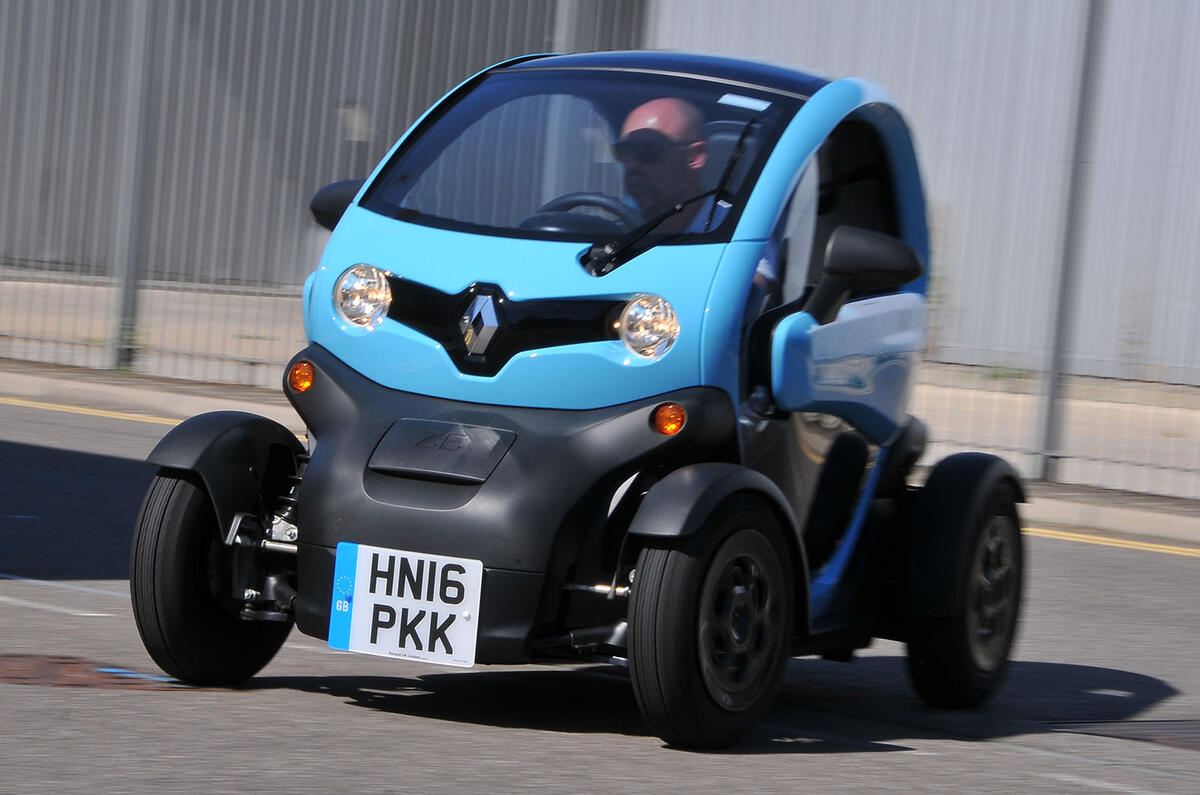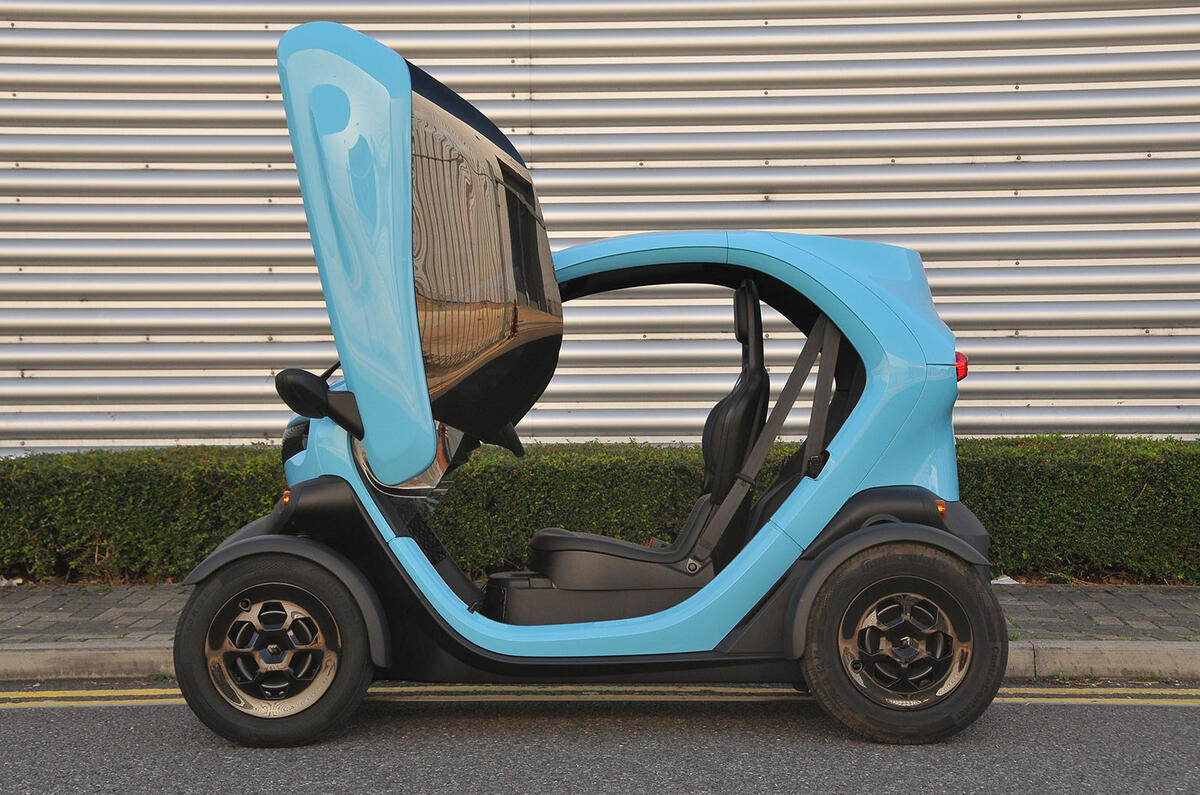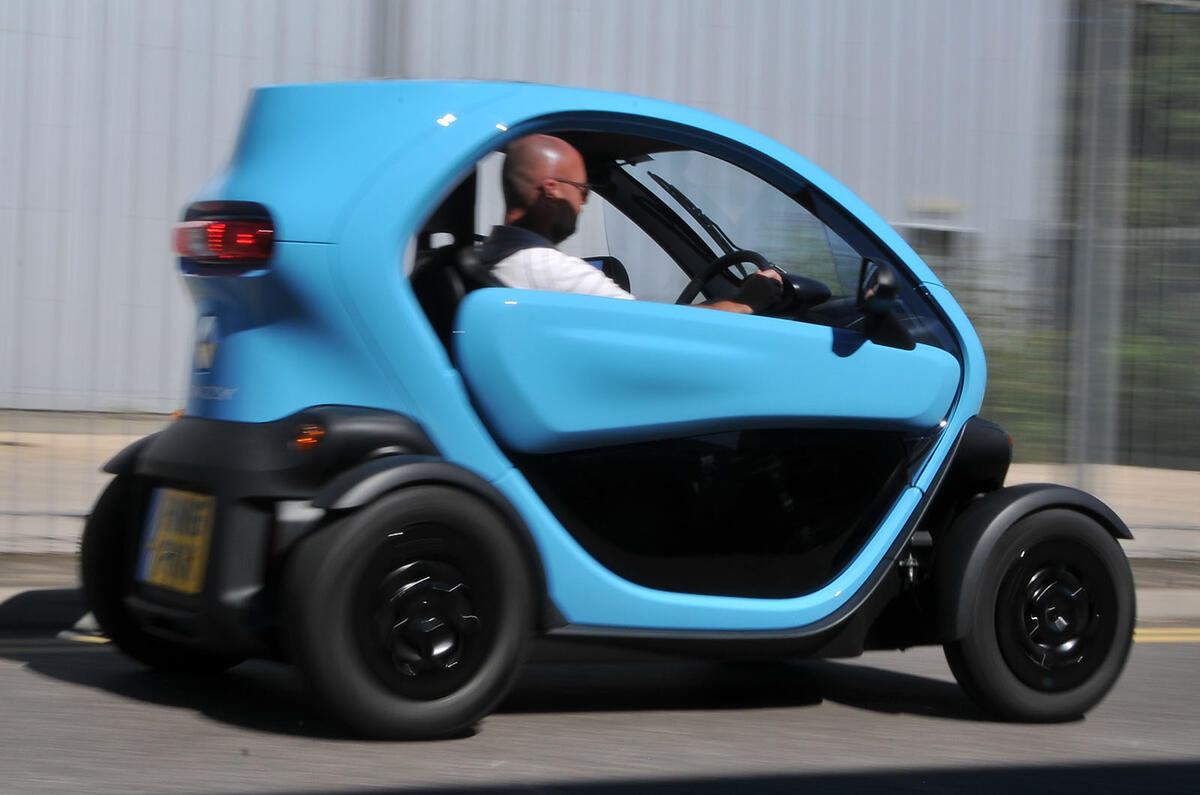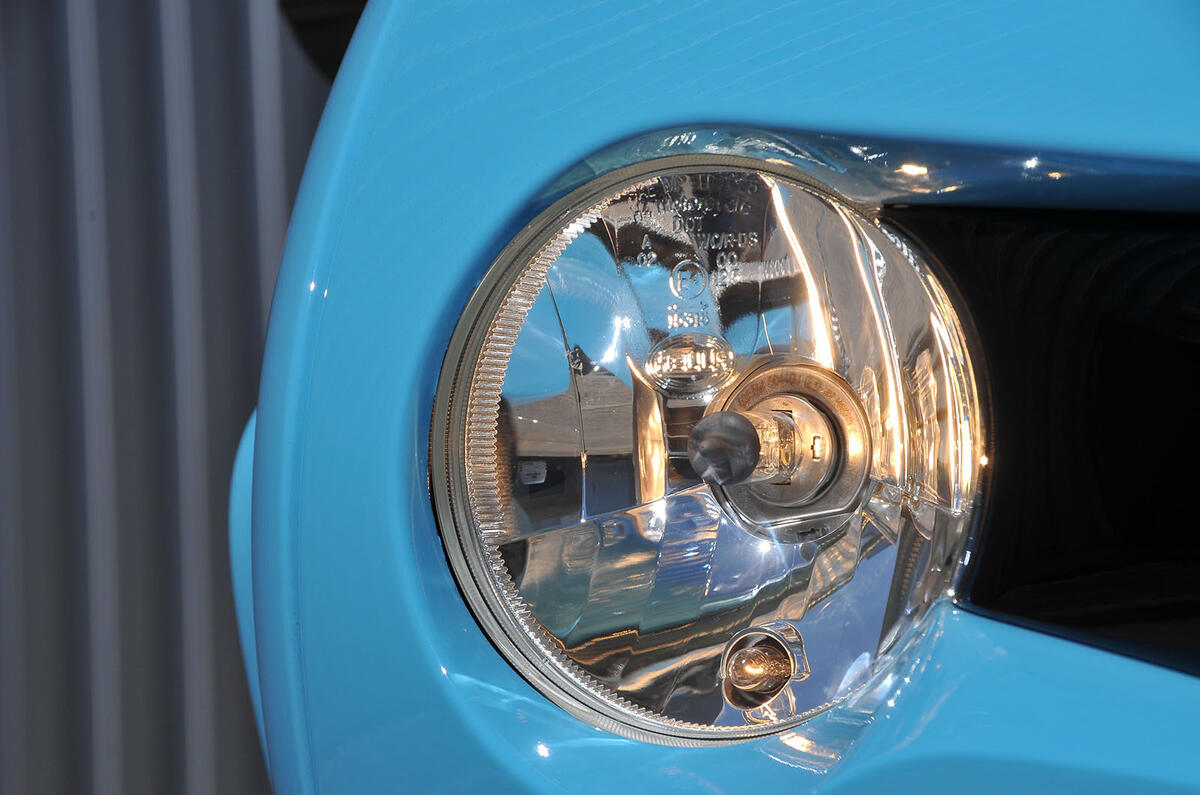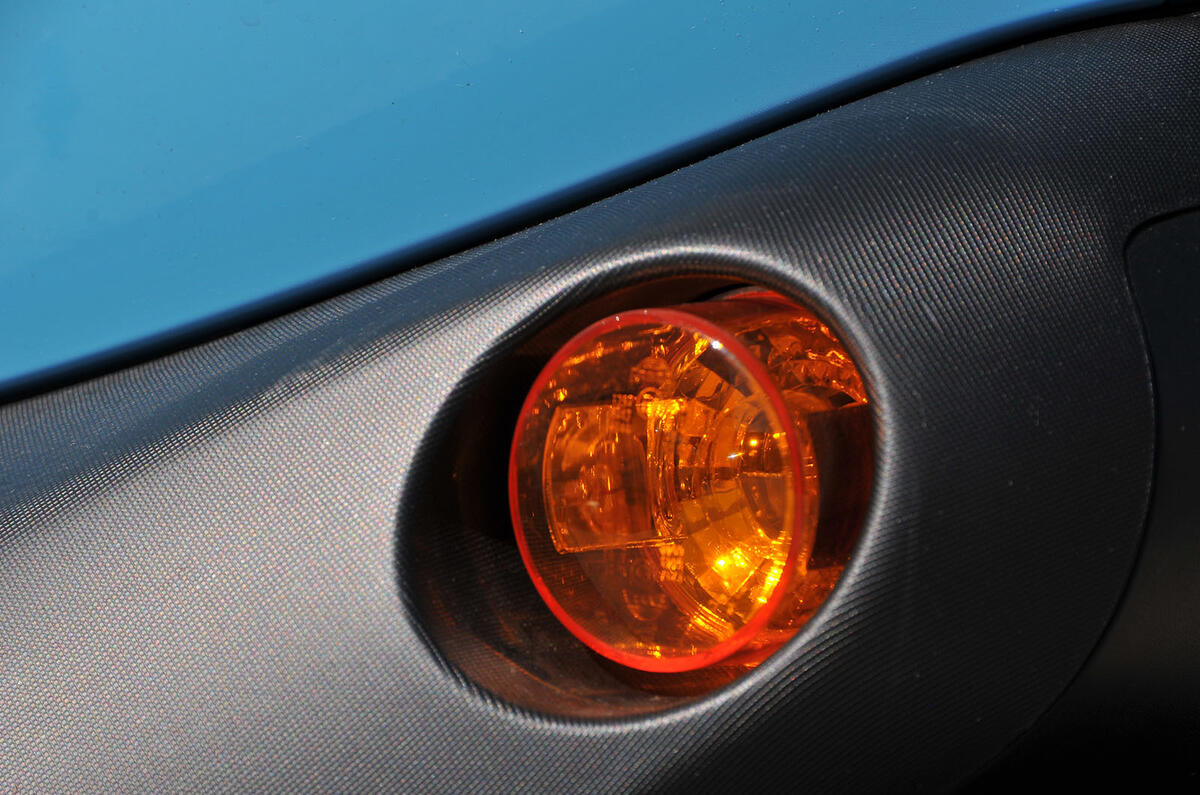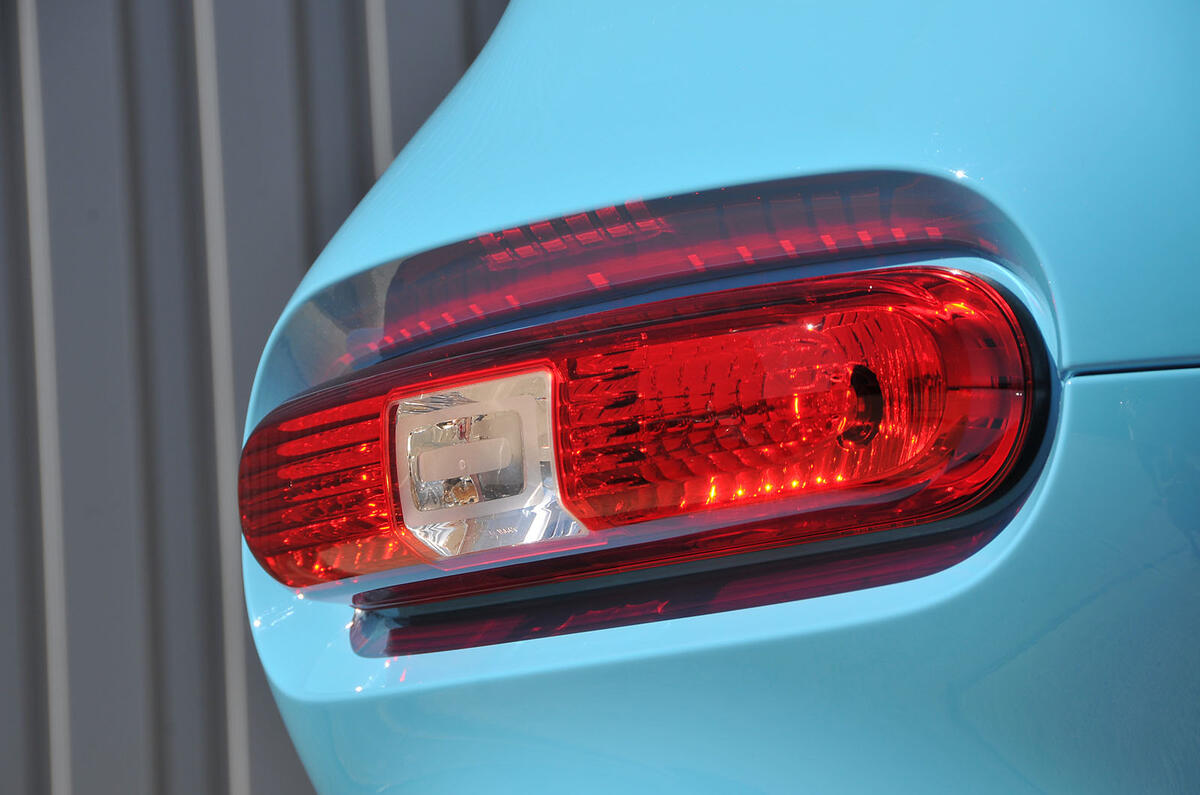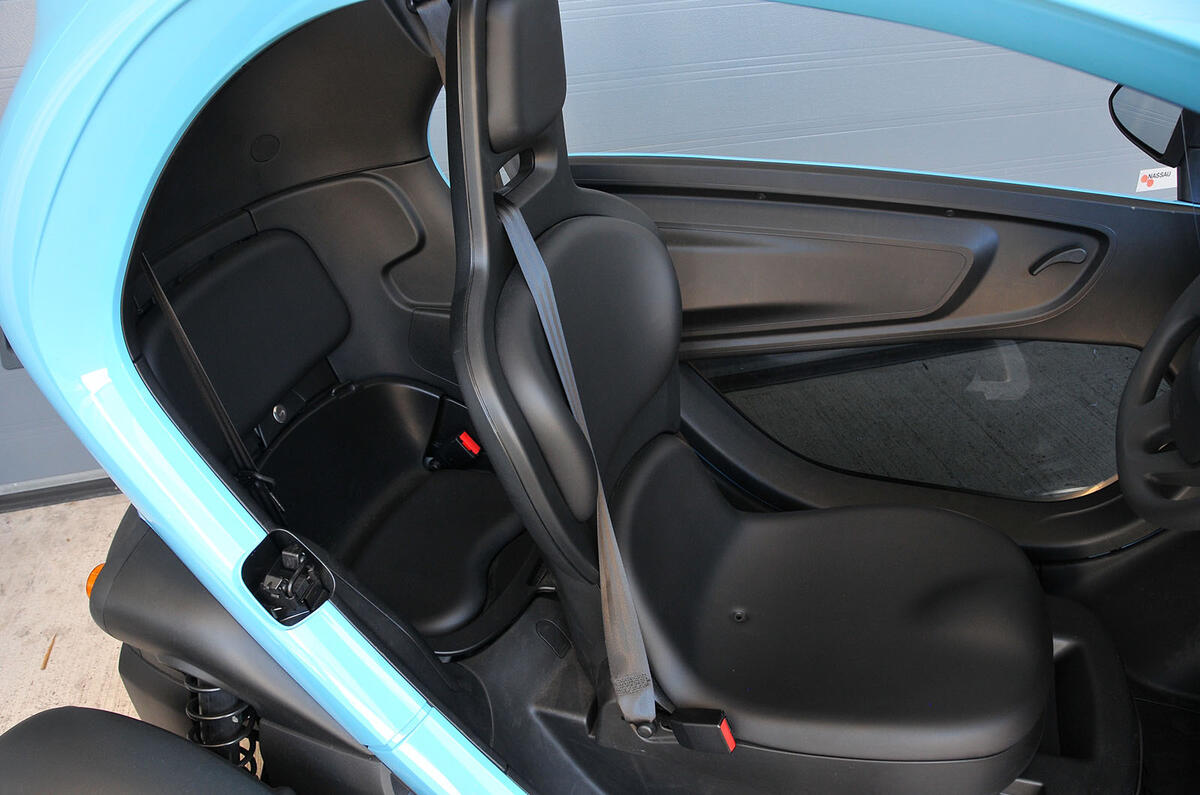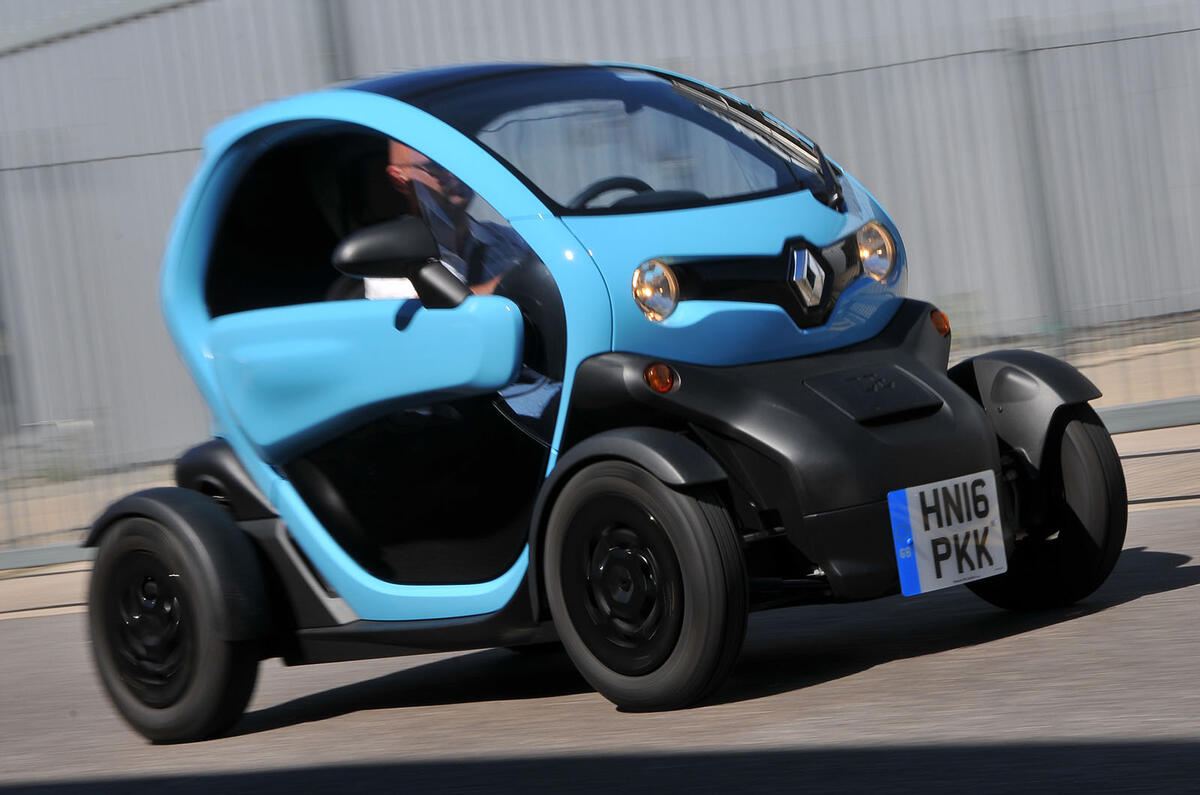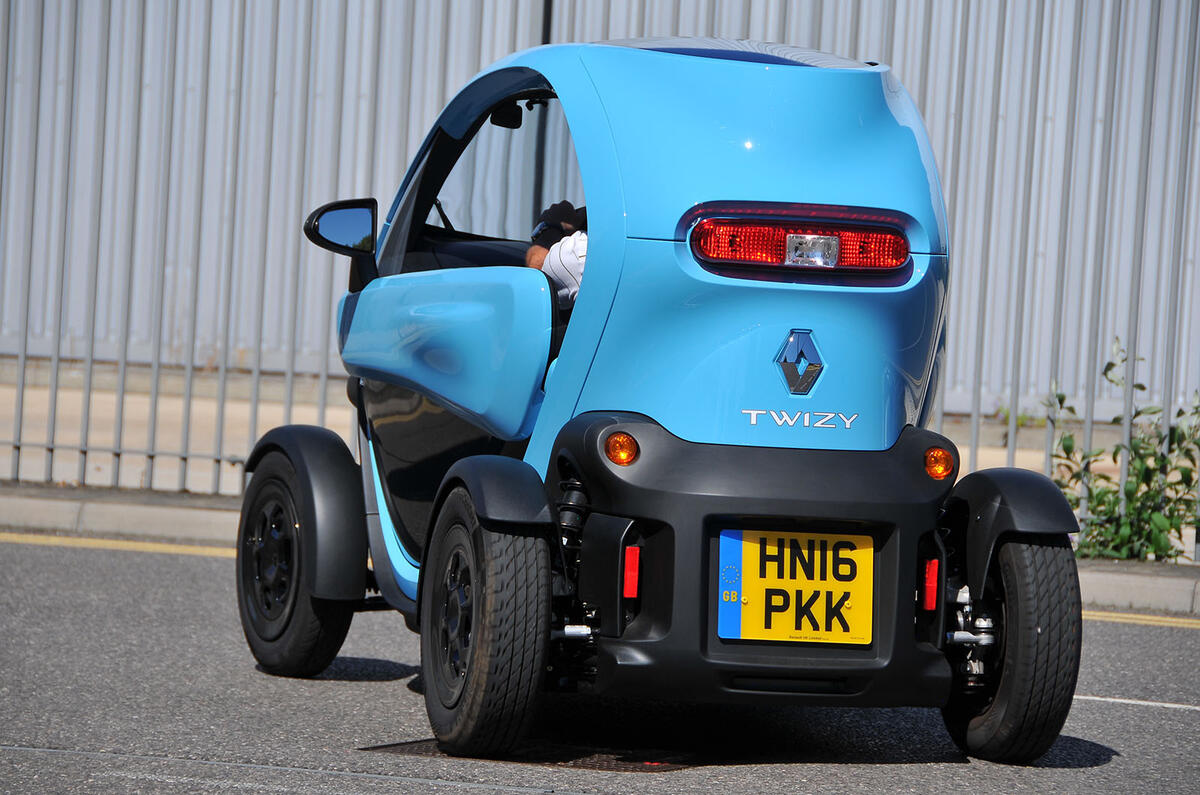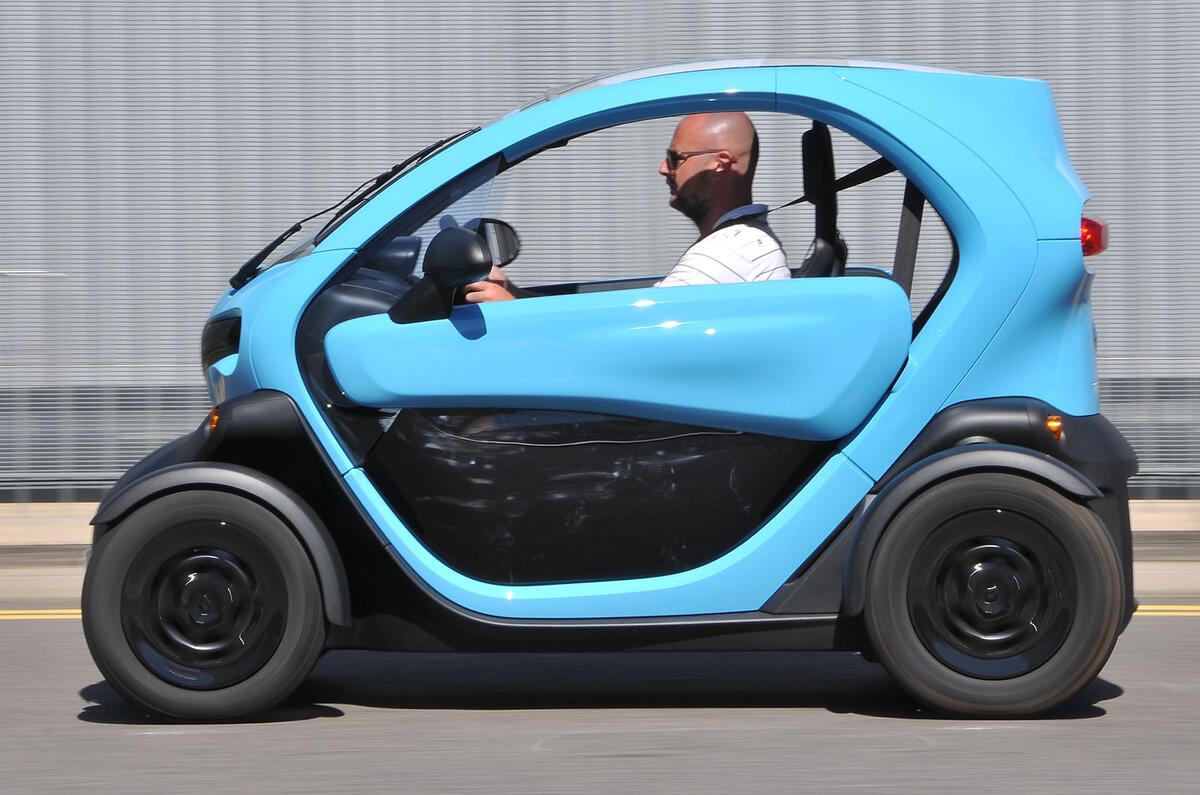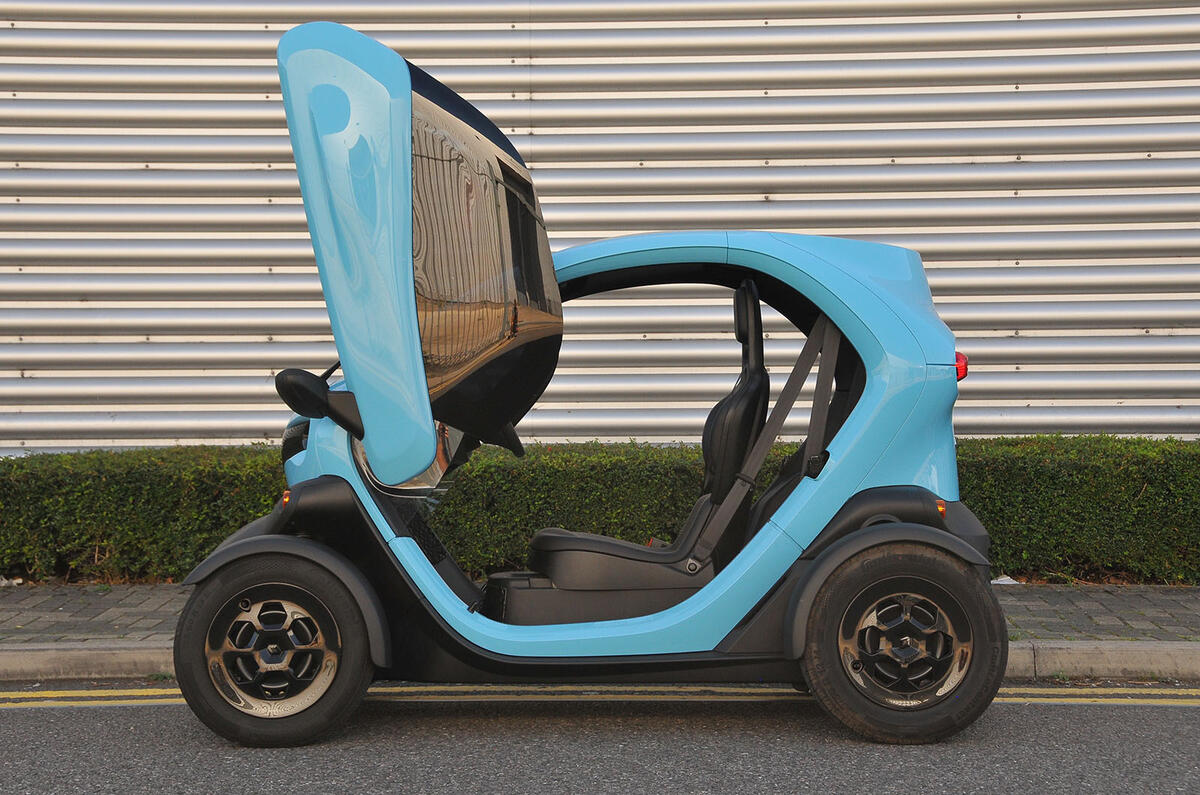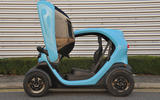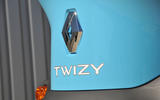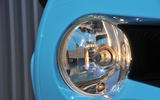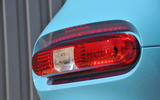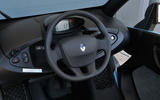Motor and batteries: Performance should be brisk – at least up to 30mph. Press the button on the end of the right-hand stalk to scroll through the system menu and check the range. Check the condition of the 12V auxiliary battery that’s mounted behind the front bumper. It needs changing at least every three years.
Regen and charging: Be sure that regeneration kicks in on a trailing throttle to slow you down and make sure the battery indicator shows the energy flowing back. The on-board charger was troublesome on early cars, so check it’s working. An updated charger costs £1500.
Wheels and suspension: This is an urban vehicle, so check the wheels aren’t badly kerbed. The firm suspension doesn’t like potholes, so scrutinise recent MOT test reports for component advisories.
Tyre and brakes: Check the bespoke (original equipment) tyres are free of cracks and correctly inflated. The rear brakes can corrode and become noisy. Badly rusted drums will need replacing at a cost of around £550 for the set. Pistons are prone to seizing but are easy to clean. Check for fluid leaks from failing caliper seals.
Interior: Check that the lights and heated windscreen work. The hazard switch is prone to failing. Make sure the driver’s seat can slide to admit the rear-seat passenger; there should be a fabric tag to enable them to pull it back.
The holes in the footwell near the rear of the driver’s seat and in the seat squab are to allow water to drain, so make sure they are clear. See that the seat fabric isn’t badly worn.



